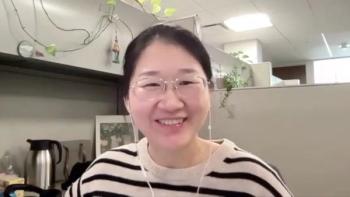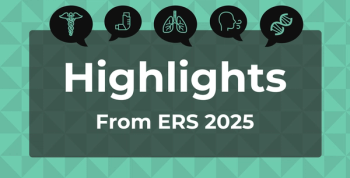
The Enormous Cost of Transforming Primary Care Practices into Medical Homes
Transforming primary care practices into patient-centered medical homes (PCMHs) is increasingly seen as a way to enhance primary care. However, very little is known about the costs of these investment.
Transforming primary care practices into patient-centered medical homes (PCMHs) is increasingly seen as a way to enhance primary care. However, very little is known about the costs of these investment.
A
Medical home initiatives encourage primary care practices to invest in new structural capabilities such as patient registries, care managers and information technology. If handled better, these transformation practices can largely improve the quality and efficiency of care, patient experience, and provider satisfaction. However, it is also important to consider the costs associated.
Grant Martsolf, PhD, MPH, RN, and fellow researchers interviewed practice representatives, identified the components of each practice’s transformation during the intervention, and calculated the corresponding costs.
Study Design and Results
For the study, the authors surveyed practice leaders across 12 practices in the Pennsylvania Chronic Care Initiative (PACCI), a statewide multi-payer medical home pilot. The objective was to identify the changes undertaken by practices due to medical home transformation. They also computed the costs of additional personnel and other investments associated with these changes.
Out of the 12 practices, 6 were family medicine or mixed specialty, 5 were internal medicine and 1 was pediatric only. Also, 7 were system-affiliated and 5 were small and independent practices.
The researchers found:
- The median one-time transformation-associated costs were $30,991 per practice (meaning roughly $9814 per clinician and $8 per patient)
- On the other hand, the median ongoing yearly costs were $147,573 per practice (meaning roughly $64,768 per clinician and $30 per patient)
- Care management activities accounted for over 60% of practices’ transformation-associated costs.
- The per-clinician and per-patient transformation costs were more for smaller practices compared to larger ones.
Tailored Subsidies to Avoid Financial Challenges
One-time costs included setting up patient registries, training and educating employees, and preparing internal policies and procedures. The ongoing transformation costs included new staff hiring, care management meetings, patient outreach through reminders and phone calls. The study highlighted the enormous costs undertaken for the transformation process, especially when the ongoing costs far exceeded one-time costs.
“Our findings suggest that medical home transformation can have especially challenging financial implications for small and independent practices, which incurred substantially higher per-clinician total transformation costs,” Martsolf
Transformation costs incurred at the system level are certainly not to be underestimated. Greater per-clinician subsidies to small and independent practices may be necessary if payers wish to avoid creating pressure for such practices to merge with larger delivery systems.
“Continuing experimentation, evaluation, and refinement of medical home interventions can help solidify the business case for making such investments in primary care practices,” Martsolf concluded.
Newsletter
Stay ahead of policy, cost, and value—subscribe to AJMC for expert insights at the intersection of clinical care and health economics.













































